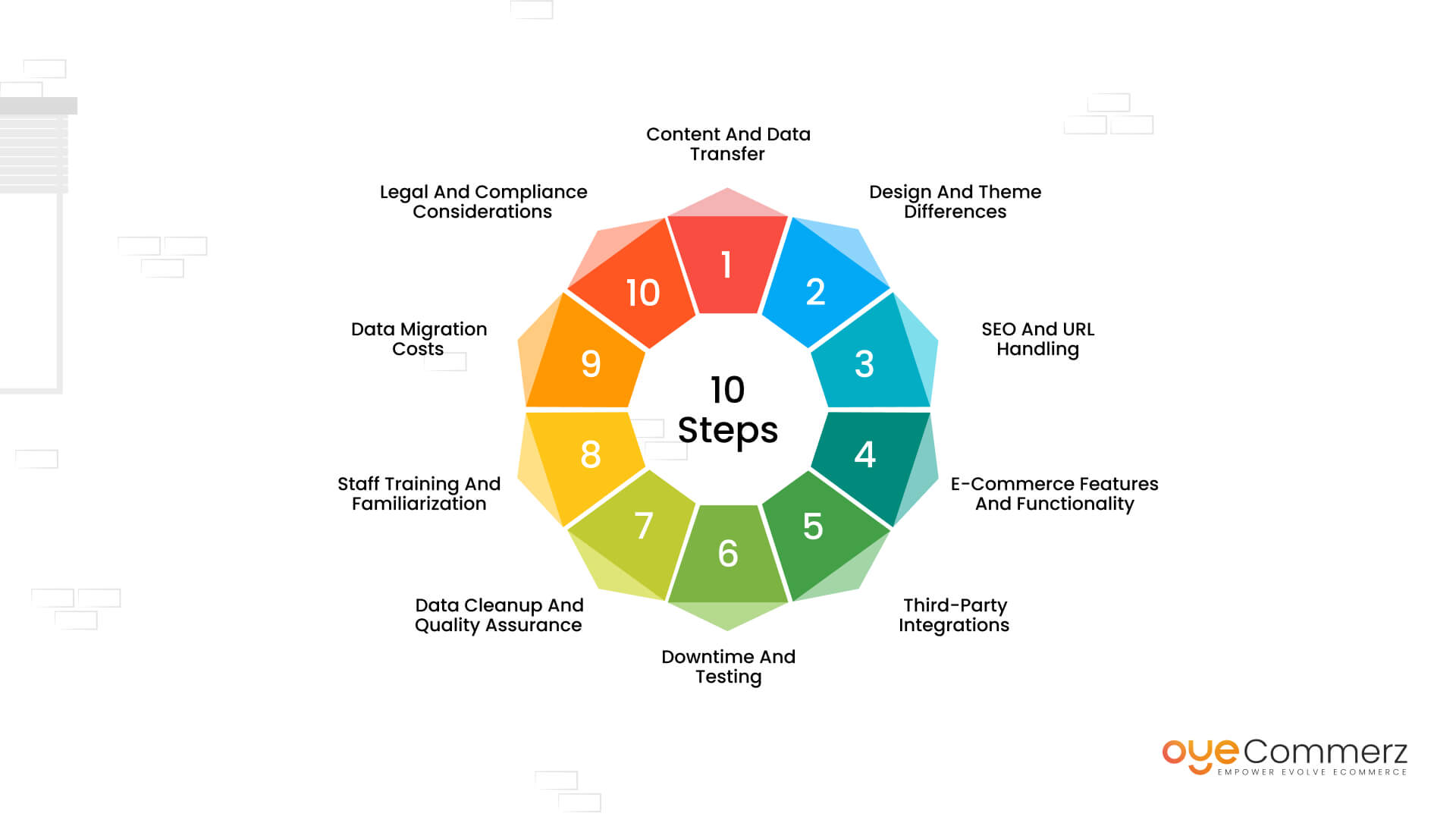Shifting from WP to Shopify marks an promising step toward streamlining your e-commerce processes. As companies grow, selecting a platform that aligns with growth potential, UX, and flexibility is essential. Shopify is widely recognized as a preferred choice for online merchants, offering superior flexibility, data protection, and user-friendliness. In this guide, we’ll explore why this migration is a game-changer, discuss the advantages, and share actionable steps to facilitate a seamless transition.
1. Top Reasons to Transition from WP to Shopify
WordPress, paired with WooCommerce, continues to support countless e-commerce platforms. Nevertheless, as companies scale, issues like reliance on plugins, security vulnerabilities, and technical complexities often obstruct growth. Shopify, specifically created for e-commerce, addresses these concerns with an comprehensive, user-friendly platform. Real data back this transition—Shopify powers over 4.4 million websites worldwide, with a reported 10% boost to sales performance for many businesses post-switch.
2. Shopify's Advantages for Thriving Online Stores
Shopify’s powerful platform is tailored for expanding businesses. Its notable benefits include:
- Effortless Design Flexibility: Shopify offers over 80 expertly crafted themes.
- Built-in Features: Features like Shopify Payments and integrated SEO save time and effort.
- International Expansion: Currency versatility and localization features enable brands to expand internationally.
Additionally, Shopify boasts an availability percentage of 99.98%, ensuring your website remains accessible.
3. Preparing for WordPress to Shopify Migration
Prior to starting the migration process, assess your current store. Review product data, customer details, and search engine rankings. Tools like Shopify’s Migration Kit or external tools help ease the transition. Create a detailed strategy, making sure all assets—product descriptions, media files, and blog content—are optimized for transfer.
4. The Importance of Accurate Data Migration
Data migration is a cornerstone of a smooth transition. When moving from WordPress to Shopify, prioritize:
- Inventory Details: SKU, item summaries, and categories.
- Client Information: Emails, purchase records, and custom fields.
- Search Engine Considerations: Preserve meta tags, URLs, and redirects to maintain search rankings.
Leverage tools such as LitExtension to facilitate seamless migration while reducing mistakes.
5. Customizing Your Shopify Store
Post-migration, customizing your Shopify store ensures it aligns with your brand. Take advantage of Shopify’s intuitive page builder to create layouts with ease. Shopify's templates are mobile-responsive, ensuring a seamless UX across platforms—a key point, since 74% of online shopping is generated by mobile Custom Shopify development visitors.
6. How to Protect Your SEO Rankings When Switching Platforms
Search engine optimization is crucial for maintaining your visibility during migration. Shopify is highly optimized for search engines with organized link formatting, preloaded features, and smooth content management. Make sure you:
- Set up URL forwarding for existing links.
- Enhance updated content with targeted phrases.
- Leverage plugins like Plug in SEO to track analytics after the switch.
7. Post-Migration Testing
Once the migration is complete, conduct thorough testing.
Review:- Website speed (Shopify delivers faster speeds in contrast with WordPress).
- Functionality of payment gateways and checkout processes.
- Adaptability across devices.
Testing guarantees your store provides a seamless shopping experience from day one.
8. Real-Life Success Story
One such migration success story is Gymshark, a fitness apparel brand that transitioned to Shopify. Post-migration, the company saw a 60% increase in mobile sales and reduced site downtime. This highlights the capabilities of Shopify in driving online business success.
9. Challenges and Solutions
Migration is not without obstacles, such as data integrity and adjusting tailored features. However, Shopify’s extensive assistance and third-party experts make overcoming these hurdles manageable. Partnering with qualified Shopify developers helps guarantee a trouble-free transition.
10. Starting Your Journey with Shopify
Switching from WP to Shopify marks a strategic approach to online retail. By addressing scalability, simplifying management, and enhancing the customer experience, Shopify enables companies to thrive in challenging industries.
Conclusion
Switching from WP to Shopify is a strategic move that can significantly boost your online business performance. With a well-structured strategy, the appropriate resources, and professional guidance, you can achieve new success milestones.
Excited to start E-commerce re-platforming the journey? Let’s discuss how our Shopify migration services can revolutionize your e-commerce platform. Get in touch today, or consider: Can your business afford to miss out on Shopify’s growth potential?

Comments on “Effortless Transition from WordPress to Shopify: Your Ultimate Guide to E-commerce Success”